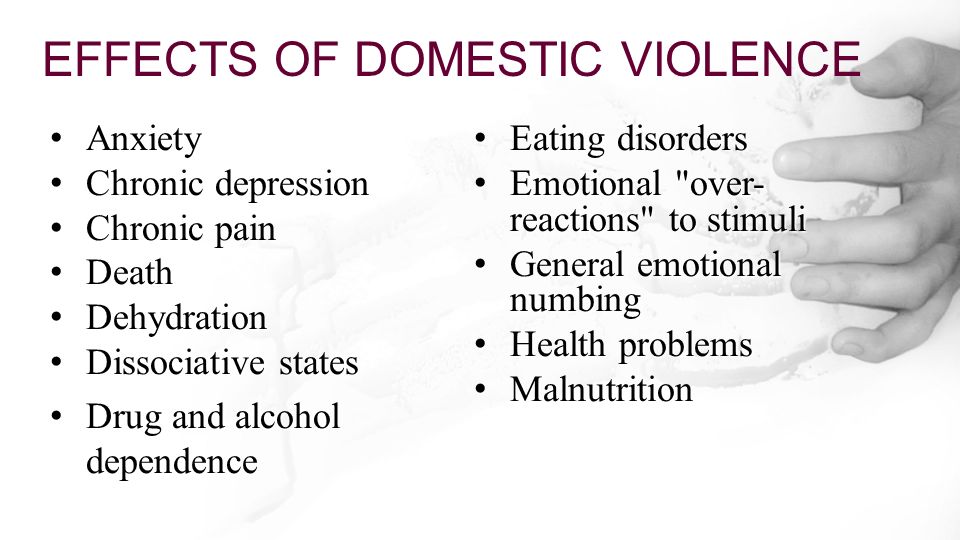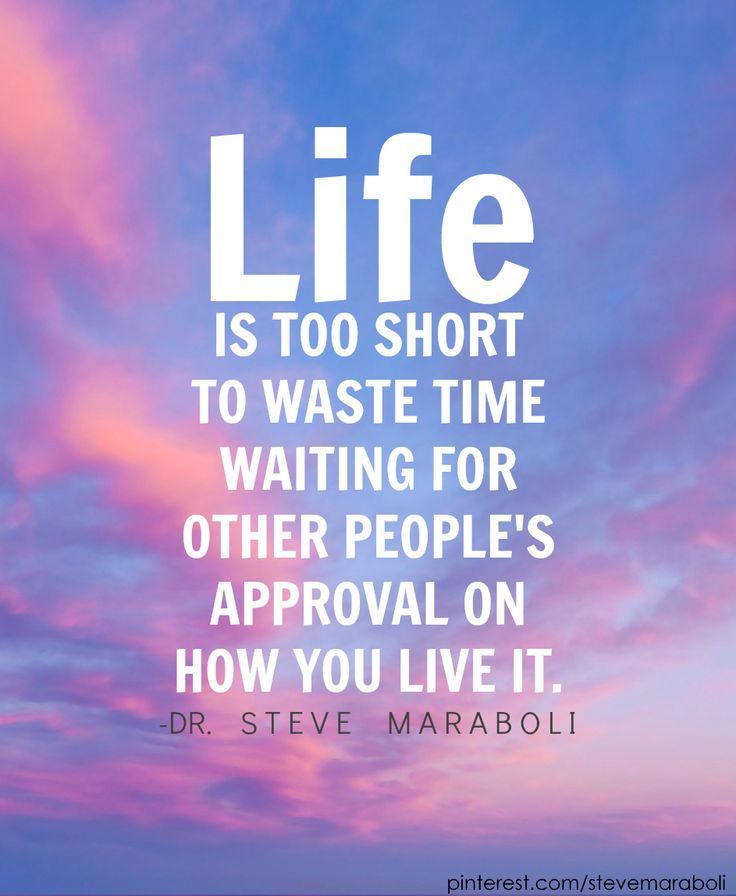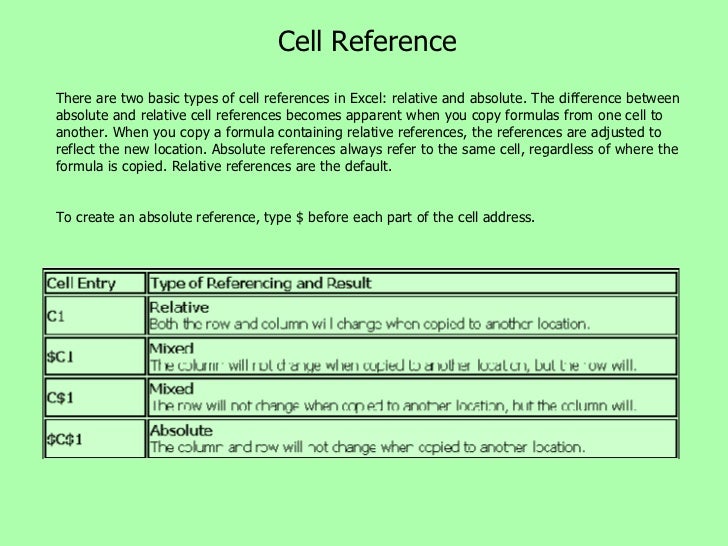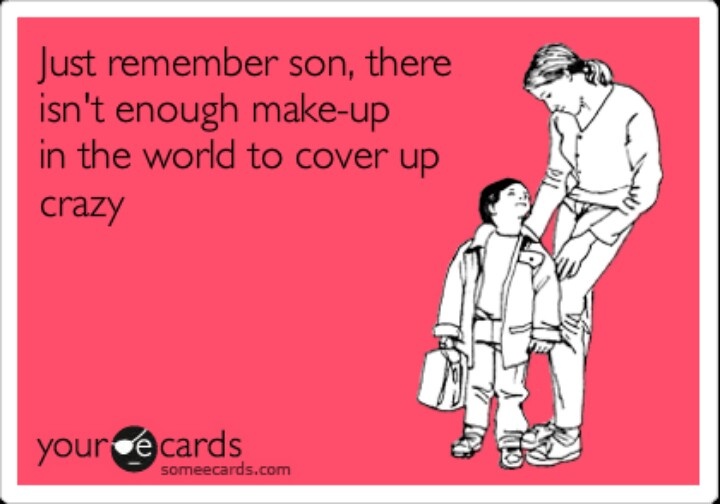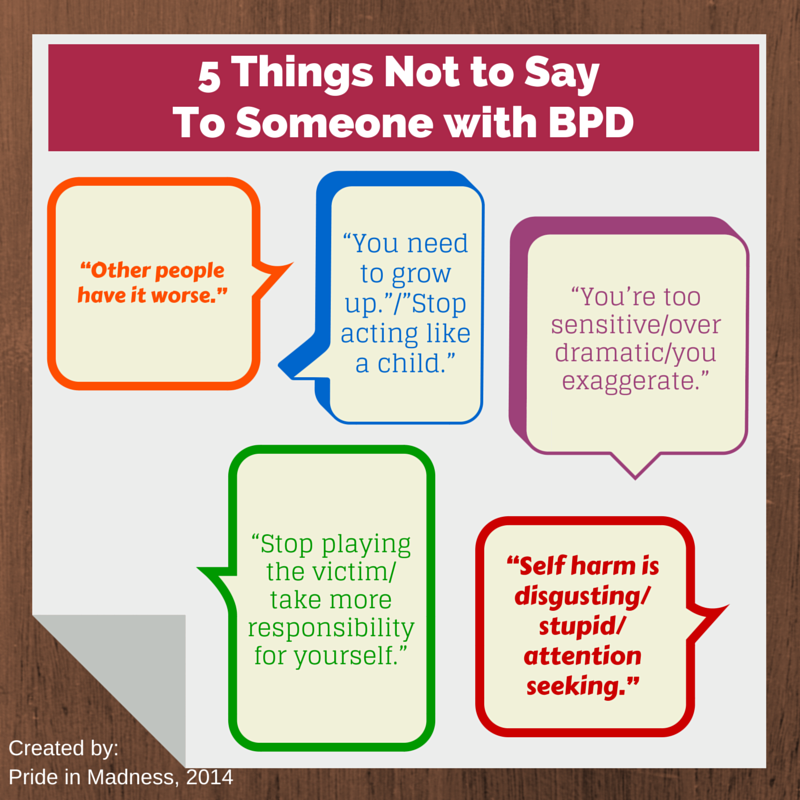How to do couples therapy
Success With Couples Therapy — A Step-by-Step Approach
May/June 2008
Success With Couples Therapy — A Step-by-Step Approach
By Jon Meyerson, LCSW
Social Work Today
Vol. 8 No. 3 P. 16
Couples therapy isn’t just individual therapy on double duty. Learn some simple, effective steps to the art of working with couples.
After graduate school, I saw individuals in therapy for several months before I scheduled a couple. I began my first couples session by mustering up my finest empathic voice and asked Marilyn and Kenneth, “How do you see your current marital situation?”
In less than 60 seconds, I realized that this question, which was appropriate for individual therapy, had caused an unleashing of emotions resulting in a Hollywood scene of screams, tears, and threats that would have made Steven Spielberg proud.
My question to Marilyn and Kenneth clearly broke the medical axiom: First, do no harm.
It took me time and many hours of training to learn that couples therapy is not individual therapy with two people, nor is it a small version of group therapy. Though about 80% of therapists surveyed see couples, very few graduate programs require even one class in couples therapy. Typically, it has to be learned after beginning a practice.
When Couples Seek Help
Most couples arrive in the office with major conflicts after being in a relationship for years or even decades. They are used to hearing daily comments from each other such as “I can’t put up with your computer obsession, and you’re always ignoring me!” or “I can never do anything right. You are always blaming me!”
Couples usually make appointments only when the chill in their relationship has reached pneumonia proportions. What once had been a loving relationship is now characterized by irreconcilable differences in their beliefs about financial decisions, physical intimacy, contacts with relatives, and even how to load the dishwasher. Because they have practiced their side of the arguments for so long and they are so good at knowing how to attack each other’s weaknesses, persistent patterns have developed. Change will take time.
Because they have practiced their side of the arguments for so long and they are so good at knowing how to attack each other’s weaknesses, persistent patterns have developed. Change will take time.
Couples often arrive believing that the therapist’s job is to “fix” their partner. Many couples are skeptical about whether therapy will work. In the first session, each needs to understand that they are both good people; however, their patterns of communication have created a daily fencing duel. The therapy process will return them to their prior loving relationship only after they become aware of how each contributes missteps to this daily duel and begin to make changes.
Yes, there are some younger couples who are easier to work with and arrive with a tender and loving relationship. They ask how they can avoid falling into the destructive kind of marriages that their parents have had. If therapists weren’t constrained by ethical considerations, we would greet these couples at the door with hugs for having the foresight to take more time to plan for their marriages than for their weddings.
My wife, Beverly, and I have seen hundreds of couples and found that using the step-by-step process described in this article will offer couples optimism after the first session. (We are both present in the office, but the process described will work with a single therapist.)
Therapy Goals
Couples desperately want to repair their relationship, both for their sake and their children’s, but they do not understand their partner’s point of view and rarely understand how their own actions contribute to conflicts.
The therapist’s goal is to teach a method of communicating that allows couples to resolve their own issues during and after therapy. The goal is not to resolve issues. If a therapist attempts to resolve an issue, one or both partners will usually become defensive. Even if they accept the therapist’s solution, they will have many more conflicts lined up that the therapist can’t resolve.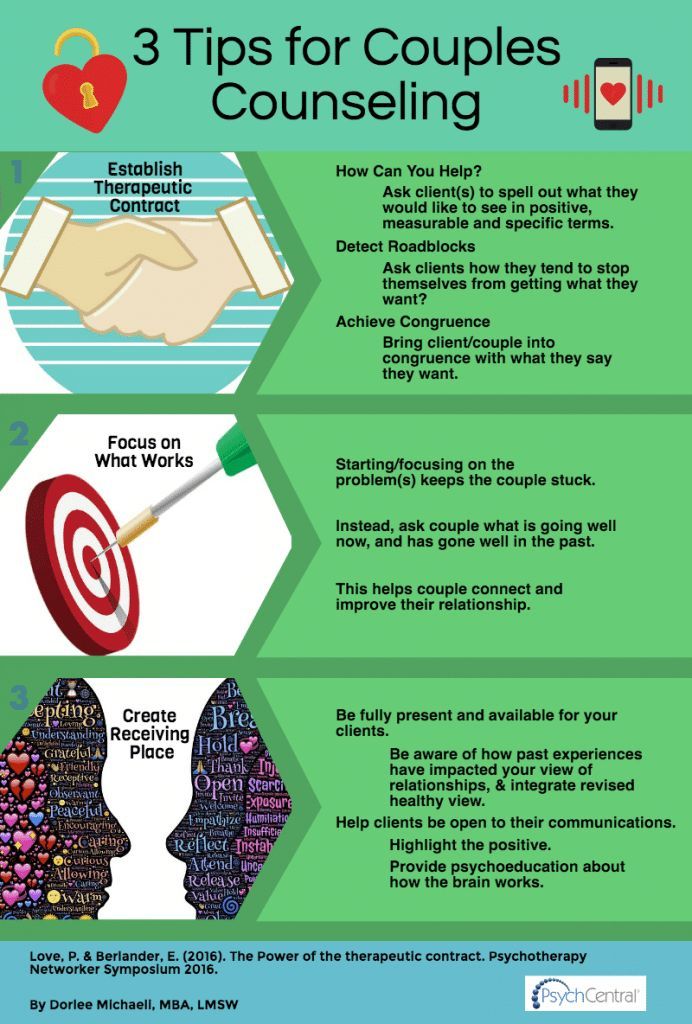
The couples therapy process requires therapists to do the following:
• provide the couple with an understanding of the goals of therapy;
• develop trust with each client without alienating the other;
• set the boundaries of therapy so each will feel safe to express his or her point of view in a way the other can hear and understand, even though he or she may not agree; and
• set the stage for the couple to have a conscious relationship, that is, one where each partner begins to understand how he or she is contributing to the conflicts and how using a different communication style can lead to the joyful and harmonious relationship they both deserve.
The therapist should meet privately with each partner (either in a separate session or part of the first session) to learn about any sensitive issues. Ninety-minute sessions work best rather than the 50-minute session typically used for individual therapy.
The First Session
Step One: Intake
It is useful to collect some basic information at the start of the first session, such as the number of years the couple has been together, the current living situation, special health issues, prior counseling experiences, employment, and special interests. While the therapist is recording this information, he or she should make a mental note of how the partners relate to one another. The intake also offers the couple a chance to become comfortable with the therapist.
Step Two: Goals and Why Therapists Are Not Referees
Couples often arrive at the session believing that each partner will be laying out his or her “position” and the therapist will act as a referee to decide who is right. The therapist should inform them that it is not a matter of one person being right or wrong, since both partners make sense from their perspective. Rather, they will be learning a new method of communication so they can better understand each other in the office and incorporate this process into their relationship at home. We tell them the process will work if they “are willing to try on some new ideas.” By pointing out the importance of the “we” and not the “me” in their relationship, they begin to understand that we expect both to participate by making changes. This means that counseling is a joint venture to better understand the relationship rather than an adversarial one.
Rather, they will be learning a new method of communication so they can better understand each other in the office and incorporate this process into their relationship at home. We tell them the process will work if they “are willing to try on some new ideas.” By pointing out the importance of the “we” and not the “me” in their relationship, they begin to understand that we expect both to participate by making changes. This means that counseling is a joint venture to better understand the relationship rather than an adversarial one.
Step Three: How Our Brain Impacts the Dishwasher
Talking to the couple about basic brain functions and how the 100 billion neurons in their brains make decisions helps them to think of therapy as a conscious exercise. They should become detectives trying to figure out how to help “this couple,” who happens to be themselves, just as they might be athletes learning how to build their muscles at the gym.
We talk to the couple about the neurons housed in the analytical area of their brain, the neocortex, which helped them find the way to our office, vs. the neurons of their emotional brain, the limbic system, which they use to experience joy, love, and ecstasy, as well as anger, sadness, loneliness, and fear.
We let them know that when Kenneth says to Marilyn: “That’s no way to load the dishwasher,” he may be thinking he is speaking from his analytical brain to hers, but in fact, he is stirring her limbic system. She reacts emotionally and, in turn, stirs his emotions. This small incident can blowup into their War of the Roses.
Step Four: The Sun
Appreciations are to a relationship as the sun and rain are to a flower. They trigger the happy neurons in the limbic system and bring couples closer together. The following is a simple exercise to foster positive changes:
• Ask the couple to face one another. (The path to the heart is through the eyes.)
(The path to the heart is through the eyes.)
• The first partner (the sender) is asked to state one thing he or she likes about his or her partner. For example, “I really love your sense of humor and how you enliven parties with your jokes.”
• The second partner (the receiver) mirrors this appreciation. “So you really appreciate how I have a sense of humor and entertain friends at a party?”
• Then we ask the sender to deepen the appreciation by using the sentence stem, “This is so special to me because…” He or she says, “This is so special to me because it makes me feel warm and cozy and I am proud I married you.” The receiver again mirrors the comment.
• The process is repeated with the second partner offering an appreciation.
Most couples who come to therapy have not heard appreciations from their partner for months or years, so this exercise sets the tone for rebuilding warm feelings and trust. Couples are asked to offer at least one appreciation each day at home and prepare one to begin each therapy session. They are told that appreciations should not be wrapped in frustrations, such as, “I appreciate that you finally took out the trash.”
Couples are asked to offer at least one appreciation each day at home and prepare one to begin each therapy session. They are told that appreciations should not be wrapped in frustrations, such as, “I appreciate that you finally took out the trash.”
Step Five: A Conscious Relationship
A conscious relationship requires each person to recognize their own role and reactivity levels when conflicts arise, as well as to become aware of their partner’s thoughts and feelings. After living with conflicts for so long and having to defend their own ego against attacks, the therapist needs to help them to truly listen and understand what their partner is thinking and feeling.
The following exercise works amazingly well to help one partner get into the mind of the other:
• Again the couple faces each other. The sender is asked to offer a one-sentence “guess” as to why he thinks his partner decided to come to this appointment. For example, “I think you came to this session so the therapist can teach me how to be nice to you.”
For example, “I think you came to this session so the therapist can teach me how to be nice to you.”
• Regardless of whether it is true, the receiver mirrors it: “So you think I came to therapy so you’ll learn how to be nice to me?”
• The sender keeps adding more reasons, such as, “I think you are also here because you love me and want our marriage to survive.” This, too, is mirrored by the partner.
• After the sender completes all his or her guesses and each are mirrored, the receiver is then asked to add to or correct the sender’s guesses. The partner may say, “It is true I’m here to save our marriage, but it’s not a matter of being nice to me. It is more a matter of learning how to talk to each other.”
This guessing game for both partners becomes a vehicle for looking into each other’s minds in a safe way. It also reveals some of the major issues that will be explored in future sessions. The process helps couples understand how their own behavior has a positive or negative impact on the relationship.
The process helps couples understand how their own behavior has a positive or negative impact on the relationship.
Step Six: Summarizing the Session and Preparing for the Future
To end the session, each partner is asked for their thoughts about the session and what they can personally do before the next appointment to improve the relationship. This information helps the therapist plan for the future.
The therapist should also advise the couple to do the following:
• Offer each other at least one formal daily appreciation.
• Avoid “atomic bomb” issues when they are at home and save these issues for office sessions.
• Avoid talking to friends or family about their conflicts since others are likely to support only one’s point of view and that will further emotionally separate the couple. Instead, they may just inform a few who need to know that they are receiving counseling to improve their relationship.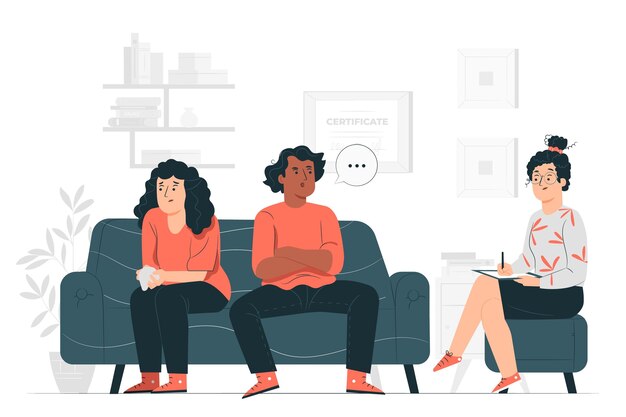
Future Sessions
In future sessions, couples need to continue learning to understand each other’s desires, feelings, and thoughts. The Imago Relationship method of therapy developed by Harville Hendrix, PhD, is a powerful process for this purpose. It uses the mirroring technique along with couples validating and empathizing each other. For example, a partner may state, “It makes sense you would be upset that I came home at 7 because I had told you I would be home at 6, and this probably made you feel anxious, lonely, and angry.”
Therapists can coach couples to use this stem: “It makes sense that you would be upset because...” and ask the sender to think of the reasons. Again, it helps couples to think outside themselves and improves the relationship. People begin to understand that their partner truly loves and cares about them as a dear friend.
Along with continual dialogue and mirroring, there are a variety of other communication tools that can be used during sessions. One is constructing genograms to enable partners to understand how each developed values through their families. The genogram, which displays on a board a family tree going back to grandparents, reveals the lifetime growth of an individual’s feelings and behavior. Couples often experience revelations that improve their understanding of their current relationship when they explore their genogram.
One is constructing genograms to enable partners to understand how each developed values through their families. The genogram, which displays on a board a family tree going back to grandparents, reveals the lifetime growth of an individual’s feelings and behavior. Couples often experience revelations that improve their understanding of their current relationship when they explore their genogram.
Another useful communication tool is the Myers-Briggs Type Indicator that helps couples understand how character differences can cause conflict yet serve to energize the relationship. Couples begin to realize that having different character traits adds spice to a relationship that may otherwise be bland.
As couples listen and express more positive feelings, they develop trust and feel closer. Neural scientists find this physically changes brain neurons, with more “loving cells” being created and fewer cells holding anger. Hendrix puts it this way: “Through daily repetition of positive behaviors, our old brain [limbic system] repatterns its image of our partners, and we again become a source of pleasure for each other. ”
”
Beverly and I leave couples with a new rule to replace the Golden Rule. The Golden Rule states: “Do unto others as you would have them to do unto you.” This doesn’t work very well when I order anchovies on Beverly’s pizza (which I love, but she is not fond of), and she buys yogurt for me (which she loves but which causes havoc to my taste buds).
Instead, we ask couples to adopt the Platinum Rule: “Do unto others as they would like you to do unto them.” It’s amazing how one motto can bring happiness and harmony over many, many years.
— Jon Meyerson, LCSW, practices with his wife, Beverly, a relational coach, in Bethesda, MD, and Sarasota, FL, and they are the coauthors of After the Glass Slipper: 8 Proven Steps to Lasting Love. Beverly helped edit this article.
Couples Therapy: 15 Essentials That the Best Therapists Do
Source: (c) hjalmeida www.fotosearch.com
Couples therapy is not like aspirin; that is, not all therapy is equal. What are some of the principles that guide the work of effective marriage counselors and couples therapists?
What are some of the principles that guide the work of effective marriage counselors and couples therapists?
If you are trying to choose a therapist—or wondering if the one you currently are working with can really do the job—check out these criteria. If you are a therapist yourself, how consistently are you covering these bases?
The impetus to write this post came from reading an excellent new book on couples therapy: The Heart of Couple Therapy: Knowing What to Do and How to Do It, by psychologist Ellen Wachtel. The book delighted me.
Source: (c) Ellen Wachtel
I myself have written on the topic of couples therapy skills, produced a video and audio on the subject, encouraged creation of an online interactive marriage skills learning site, and teach workshops around the globe to therapists who are learning or upgrading their couple therapy skills.
It, therefore, pleased me very much to see how similar Dr. Wachtel’s and my ideas are.
At the same time, The Heart of Couple Therapy re-clarified for me a number of guidelines that all therapists, including me, need to remind ourselves of from time to time to do our very best at helping couples to emerge from their relationship difficulties.
Here’s my list of 15 principles that I regard as especially vital signs that a marriage counselor will be effective.
After each of my principles, I share quotes from Dr. Wachtel’s book that express similar perspectives.
Do you as a therapist, or does your therapist:
1. Focus on the positives as well as the negatives?
“Choosing what to attend to… is fundamental to good work with couples. Therapists are often trained to notice deficiencies…” Equally important—or maybe more so—is for therapists to learn to “see what is going right as readily as to see what is causing problems.” (Wachtel, page 5)
2. Expect to facilitate at least one specific growth area in every session?
Each session should give you some relief from negative feelings, a new insight about why you have been doing what you do or feeling what you feel, an upgraded skill, or a win-win solution to a troubling concern.
“Couples need to feel that… they are fairly consistently making progress toward resolving the issues between them. " (Wachtel, page 7)
" (Wachtel, page 7)
3. Teach skills, and build the new skills into habits by practicing them within the session?
The job of a therapist is to cause “understanding to translate into change in how a person acts in the world… not only to facilitate new understandings… but to point the way to new behaviors that follow from these insights." (Wachtel, page 7)
4. Have a clear map of treatment—both of the treatment goals and of how to guide a couple to these destinations?
“The most important job of all is to keep the session on course.” That is, rather than get “swept along by the powerful force of the couple’s emotions,” effective therapists keep a tight rein, “taking charge of a session.” An effective therapist also “keeps the discussion moving forward in a useful direction,” which enables clients to feel safe and the sessions to feel productive.
5. Calm excessive emotional intensity?
“Even before there is a perceived need to calm things down,” the effective couple therapist, most of the time, “protects the couple from feeling that the session is… little more than the mutual accusations that all too closely resemble what happens at home. ” (Wachtel, page 8)
” (Wachtel, page 8)
“The therapist controls the emotional intensity of the sessions.” (Wachtel, page 33)
6. Keep a tight rein on how spouses talk with each other so that talking stays respectful, listening occurs consistently, and the dialogue stays collaborative?
“Each person needs to feel that his or her point of view has been heard and understood.” (Wachtel, page 32)
7. Keep the tone of all your interactions with clients warm and positive?
“Each person… needs to feel liked by the therapist.” (Wachtel, page 32)
8. Teach couples to problem-solve?
The therapist's job is “helping the couple to find their own solutions.” (Wachtel, page 33)
Therapists should not do the solution-finding for them. Offer solution ideas only if the couple has hit a dead end.
9. Teach spouses to forego the temptation to tell their spouse what they want them to do differently?
A couple first needs to discuss an issue enough to understand the concerns of both partners. Then, each of the partners needs to ask themselves, “What can I do differently to contribute to a plan of action that will solve this dilemma?”
Then, each of the partners needs to ask themselves, “What can I do differently to contribute to a plan of action that will solve this dilemma?”
Neither partner gets to criticize or tell the other what to do. Each is responsible for asking, “What can I do that will be responsive to my partner’s concerns?”
10. Ask questions that help the partners to discover—and thereby understand more clearly and compassionately—the earlier-in-life experiences that may have fed into their current difficulties?
“… the couple therapist helps them understand the role of family history, individual sensitivities, and different coping styles.” (Wachtel, page 33)
11. Replace finger-pointing, blaming, and fault-finding with an understanding of circular causation?
The couple therapist helps the couple to clarify “the repetitive vicious cycles that have developed.” (Wachtel, page 33)
For instance, one partner listens for what’s wrong with what the other says, pushing away the information he is trying to give her. He then feels frustrated, and begins to raise his voice in a subconscious attempt to get her to hear better. She becomes agitated, and starts accusing him of shouting, at which point he feels criticized and does shout.
He then feels frustrated, and begins to raise his voice in a subconscious attempt to get her to hear better. She becomes agitated, and starts accusing him of shouting, at which point he feels criticized and does shout.
12. Teach couples to use collaborative dialogue sentence-starter phrases like “I feel _____" and “My concern is ____”?
Effective therapists “focus on what each person is longing for rather than on his or her complaints… Wishes, longings and sadness… are much easier to hear than criticism.” (Wachtel, page 34)
13. Look back to learn what has been good in the relationship as well as to learn from the mistakes?
The therapist reminds the couple of “what had drawn them to each other and made them want to stay together.” (Wachtel, page 37)
14. Start each session by asking each spouse what they would like to address that hour—and end by assessing what they accomplished toward that goal?
“The first step in keeping the sessions focused is to ask the couple what they want to focus on overall, and again [at the outset of] each session. ” (Wachtel, page 44)
” (Wachtel, page 44)
15. Facilitate awareness of progress to build and sustain hope and optimism?
“Therapists give feedback about how they (the couple) are changing and becoming.” (Wachtel, pages 83 and 237)
Progress keeps us all learning and loving.
What if you yourself as a therapist, or a couples therapist you have been seeing, have some yes answers plus too many no's?
All is not lost. To the contrary, read The Heart of Couple Therapy to learn and grow. In fact, if you are part of a couple, whether or not you are either in therapy or a therapist, you are likely to find reading this book enlightening.
When my own book about how to do therapy, From Conflict to Resolution, was first published, one of my clients said she loved reading the cases in my books and also watching my audio and videos about therapy. "I find," she said, "that reading about or watching someone else's therapy is almost as helpful as going to my own therapy sessions. "
"
The Heart of Couple Therapy is chock full of glimpses into others' therapy experiences. Open the book to any page to read, watch, and learn!
6 exercises that you can try at home
Published: 12/30/2018 in sections: Family Psychology and Family Therapy
You can repeat these professional exercises without leaving your home. In fact, couples therapy isn't just for dysfunctional relationships.
-
Air out dirty laundry.
How long will you go without washing your dirty clothes? One week? Two? After a while, these clothes will start to stink.
Your relationship is no different. Every day they spoil; minor annoyances, unspoken hurts, and small sources of bitterness seep into your interactions. Unhandled, these little annoyances turn into big problems and the partners can't stop talking to each other.
How will you fix it? Wash together. Once a week, ask your lover, "What have I done to make you feel unappreciated, disrespected, or unloved?"
The first response you get is likely to be one of amazement or an assurance that all is "okay. " Don't believe. Keep asking. Eventually, you will get an answer. When it finally happens, listen. Really, really listen. And if you want to correct yourself or defend yourself, instead ask something like, “So when I didn’t buy milk and you felt like I didn’t love you? Why? “
" Don't believe. Keep asking. Eventually, you will get an answer. When it finally happens, listen. Really, really listen. And if you want to correct yourself or defend yourself, instead ask something like, “So when I didn’t buy milk and you felt like I didn’t love you? Why? “
Try to understand how the other is feeling. Soon, when you want to open the door of communication, there will be no lock. This will increase the intimacy between you and allow you to face conflicts.
-
Hour of Honesty.
We often read advice that you should value your partner's interests above your own. This is a terrible idea. When you put someone's needs first, you naturally expect him to do the same. But often one donates more than the other and gets offended.
To prevent this, be honest. This is the time when you can tell each other how you really feel about things with full revelation and immunity. For example, if you don't like football but your boyfriend/husband takes you to football every Sunday, let him know.
This exercise will ultimately allow you to share the truth about the other person's opinions without taking anything too personally.
-
Resolve disagreements before bed.
Quarrels that persist then turn into resentment. Before that happens, just resolve disputes the day they start. What if the emotions are too strong for you to resolve before bed? In this case, agree to take a break and raise the issue the next day with the full intention of solving it together.
-
Make a fun list.
What are 10 things you want to do together? Make a list and check it out.
-
We have lunch together.
Eating together is as old a form of communication as society itself. Find time to eat with your loved one. During lunch we will talk about interests, goals and dreams. If you're in the middle of an argument or your relationship is strained, suggest having dinner when you can stop fighting and just enjoy each other's company.
-
Fun and playfulness.
There's a lot of work that's starting to happen. Just like when you were a child and had to do your homework before you could play, you must let go of bitterness and resentment before you can have fun.
Once you've done that, think of something completely wild, fun, and possibly irresponsible. It should be something you would never do, like kissing in public. The important thing is that it's fun, engaging, and in line with your values. Read more HERE
Share link
What do you need to know about pair of psychotherapy - Heroine
We have seen the cinemas: a sofa opposite a neat woman or a man with a knowing look, crumple awkwardly, telling that they have recently moved away from each other.
In Russian reality, not many couples turn to this way of solving problems. Not always the reason is the lack of money for therapy, often people do not think that everything in their relationship is bad enough to go to a specialist. We tell why it is worth going to therapy even when everything seems to be in order, and what you need to know about couples counseling.
Not always the reason is the lack of money for therapy, often people do not think that everything in their relationship is bad enough to go to a specialist. We tell why it is worth going to therapy even when everything seems to be in order, and what you need to know about couples counseling.
It's not just for couples who are on the verge of breaking up
Going to a psychotherapist should not be the last resort resorted to when it seems that only a miracle will save your couple. Counseling can help people with any type of relationship. It gives partners the opportunity to express their real needs and space for an open dialogue, discussing difficult, uncomfortable topics.
Many people do not know how to express emotions in relationships and communicate in a constructive way. In our culture, problems in couples are perceived as a deviation from the norm, so they are usually hushed up until a whole complex of contradictions accumulates.
There is no such thing as a perfect relationship, says relationship expert Alisha Jeni. – Regardless of marital status, no matter how often we have sex, or how liberated we are in communication, we are all people with stresses, insecurities and demands that often interfere with our ability to understand each other.
– Regardless of marital status, no matter how often we have sex, or how liberated we are in communication, we are all people with stresses, insecurities and demands that often interfere with our ability to understand each other.
You don't have to go to the sessions together
At the first consultation, you get to know the specialist, learn how he works, talk about your expectations and draw up an approximate work plan. After evaluating your problem, the therapist may schedule separate sessions to achieve complete candor. Paired sessions are also required - at them, the specialist will just help you talk with your partner as honestly as in an individual consultation.
There is no way to tell if couples therapy will help you
This is an important thing to know about psychotherapy in general. Its success depends on many factors: whether the chosen professional is right for you, whether you are ready for serious emotional work, what exactly you expect from therapy. Therefore, you can use the recommendations, but do not trust them too much - a friend may say that such and such a consultant saved their marriage, but for you it will be useless. Feel free to change therapists and look for one that suits you. Find out the qualifications of a specialist and what specific problems he specializes in. If a couple of sessions did not change anything and did not even give you hope, most likely it makes no sense to continue going to this consultant.
Therefore, you can use the recommendations, but do not trust them too much - a friend may say that such and such a consultant saved their marriage, but for you it will be useless. Feel free to change therapists and look for one that suits you. Find out the qualifications of a specialist and what specific problems he specializes in. If a couple of sessions did not change anything and did not even give you hope, most likely it makes no sense to continue going to this consultant.
The therapist does not evaluate which of you is right and who is wrong
Blaming your partner for problems is a common thing. These reproaches may or may not be fair, but in any case they do nothing for a constructive dialogue. The main thing that a relationship consultant should be able to do is to build effective communication. He approaches the solution of the problem impartially, because only such a look helps to concentrate on specific things, and not on emotions.
1Read related: 8 reasons why women see a therapist
How to prepare for couples therapy
- Understand what you want from this experience.
 Even before going to a specialist, you should decide what exactly you want to achieve: improve your sex life, increase emotional intimacy, decide on a joint child. This will help set expectations that you communicate to the therapist, give you and your partner a shared understanding of the problem, and help guide the counseling process.
Even before going to a specialist, you should decide what exactly you want to achieve: improve your sex life, increase emotional intimacy, decide on a joint child. This will help set expectations that you communicate to the therapist, give you and your partner a shared understanding of the problem, and help guide the counseling process. - Become vulnerable. Therapy is not entertainment, and there is not much that is pleasant in it, especially at first. You must be willing to expose your weaknesses, admit mistakes, and come out of a defensive position. Sometimes this may require individual therapy.
- Be honest. Telling your partner the truth about what you don't like about them can be scary. But don't forget that it was the silence and lack of understanding that brought you to therapy. Learn to be honest even in hurtful things, and your relationship will reach a new level.
- Be patient. It is impossible to say exactly how many specific sessions will be enough to solve your problem.

